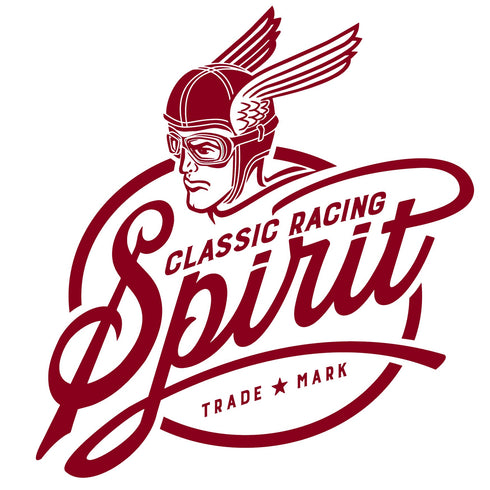On this day, 110 years ago, twenty-three cars converged on the Principality of Monaco to compete in the first Monte Carlo Rally. We take a look at why this blue riband event was created and how it has evolved over the decades.

To better understand the origins of the Monte Carlo Rally, we should first put our minds back to the beginning of the last century and think of the word rally as a verb, rather than as a noun. It derives from the French word rallier - which has military connotations and means to ‘re-ally’ or ‘reunite’. So such events were in fact where kindred spirit car owners from different places would come together - or rally.
Eager to showcase improvements in the motor industry and promote Monaco as a destination for the growing number of European tourists, especially those who ‘toured’ with motor cars, Prince Albert I requested the Sport Vélocipédique et Automobile Monégasque (later to become the Automobile Club de Monaco) to organise the principality’s first international motor sport event. The rally would start at different points across Europe and converge on Monaco to finish.
In January 1911, competitors set off toward Monte Carlo from 11 different locations. Henri Rougier - a prolific sporting cyclist, pilot and motorist - covered the 1,020km from Paris to Monaco to win the inaugural event in his Turcat-Méry 25hp. Although successfully getting to the finish was a prerequisite, winning also involved being somewhat arbitrarily judged on the elegance of the car, passenger comfort and its condition on arrival.

The following year, participation nearly trebled and required the cars to travel at an average speed of 25kmh (16mph) - a very sedate touring experience in mostly comfortable enclosed limousines. In fact, it was not uncommon for many of the wealthy competitors to have their chauffeurs do most of the driving for them. Again, the subjective judging proved rather controversial and support for the event waned.
Between the wars, the Monte Carlo Rally underwent a number of changes to encourage and reward a more adventurous spirit and a greater challenge, such as longer distances from new start points in the four corners of Europe and year on year increases to the required minimum average speed - rising to 60kmh by 1936. The rivalries, eccentricities and skulduggery of this era of the rally is beautifully captured in the 1969 film Monte Carlo or Bust!
As the reliability and capability of the competing cars increased, and there was often little to separate the finishers, tests such as regularity runs or hill climbs set around Monaco were staged as a finale by which to award the coveted trophy. By the outbreak of the Second World War, the event had attracted not just wealthy owners but professional racers like Rudolf Caracciola and Louis Chiron - who later won the Monte in a Lancia Aurelia.
Following the war, motor manufacturers started to see the renewed importance of competition, and works teams became more prevalent. Allard, Simca, Delahaye, Sunbeam-Talbot and Jaguar all took the team prize during the late ‘40s and ‘50s. As the event moved into the ‘60s, the regularity contests over the snow covered mountains evolved into special rally stages where speed alone counted, favouring the Scandinavian rally drivers such as Erik Carlsson, Timo Makinen and Pauli Toivenen.
Toivenen’s win in 1966 was probably the most controversial in the Monte’s history, when the first four finishers - the Mini Coopers of Makinen, Rauno Aaltonen and 1964 winner Paddy Hopkirk, along with Roger Clark’s Ford Cortina - were all disqualified because they used different headlamp bulbs to those fitted to production versions of their cars.
Having been part of the European Rally Championship since 1953, the Monte became established in the FIA World Rally Championship in 1973 and continues to be a popular feature on the WRC calendar.
Since the mid ‘90s, the Rallye Monte-Carlo Historique has been run to commemorate the glory days of the Monte with any model of car which competed between 1955 and 1980 eligible for entry. Over 300 competitors, full of that Classic Racing Spirit, depart from six start points as far apart as Athens, Barcelona and Glasgow to rally once again on the Quai Albert I in Monaco. 
